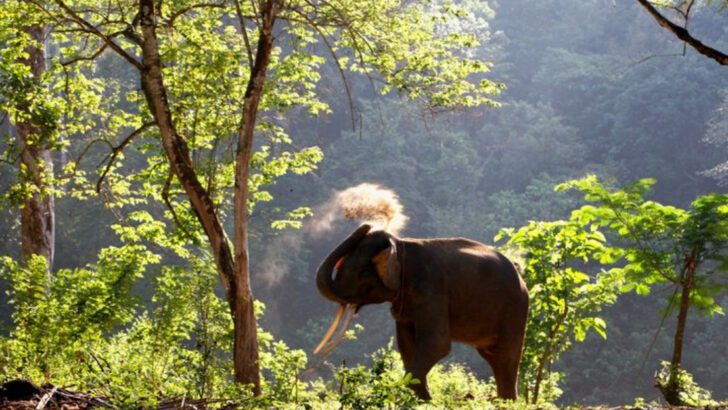Fame doesn’t guarantee survival. Some of the world’s most beloved animals are slipping away—and fast. We’re talking about icons: creatures on T-shirts, in movies, in bedtime stories. And yet, their real-world numbers are crumbling like dry leaves in the wind. From the thundering forests to the quiet ocean depths, danger creeps in. Not just poachers and pollution—loss can come in the form of silence. Fewer calls at dawn. Fewer shadows in the trees. And for a couple of species? The silence may already be permanent. Let’s take a closer look at 8 animals everyone loves, and 2 that might’ve vanished while no one was watching.
Amur Leopard
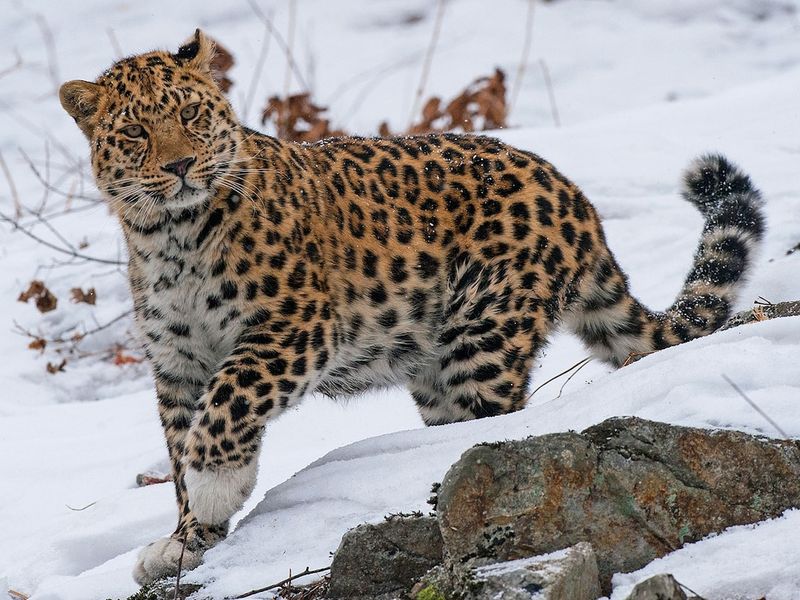
Known for its striking appearance, the Amur leopard is one of the rarest big cats. As it silently prowls through snowy forests, its rosetted coat offers perfect camouflage. Highly adaptable, these leopards once roamed throughout Korea and China but are now confined to a small region in the Russian Far East.
Incredible climbers, they often rest on trees, keeping watch over their territory. The destruction of habitats and poaching for their beautiful pelts are major threats to their survival. Conservationists are working hard to protect these majestic creatures from extinction.
Sumatran Elephant
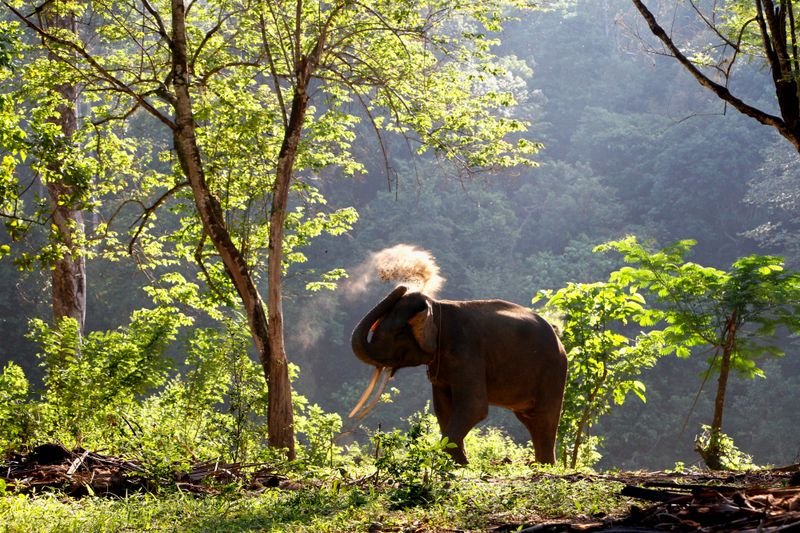
With its gentle gaze and smaller stature, the Sumatran elephant is a true marvel of the Asian rainforests. These elephants play a critical role in their ecosystem by dispersing seeds and creating pathways in dense vegetation.
Unfortunately, deforestation and habitat fragmentation have brought them to the brink of extinction. Despite their size, these elephants are under constant threat from human activities. Conservation programs focus on habitat protection and anti-poaching efforts to ensure the survival of these incredible giants and their lush homes.
Hawksbill Turtle

Gliding through the warm waters of tropical oceans, the Hawksbill turtle is a sight to behold. Its intricately patterned shell is not only beautiful but also vital for the health of coral reefs.
These turtles maintain the balance of marine ecosystems by controlling sponge populations. Sadly, illegal trade of their shells and loss of nesting sites threaten their existence. Conservation efforts aim to protect nesting beaches and reduce bycatch to safeguard these marine wonders. Their survival is a testament to the health of our oceans.
Javan Rhino
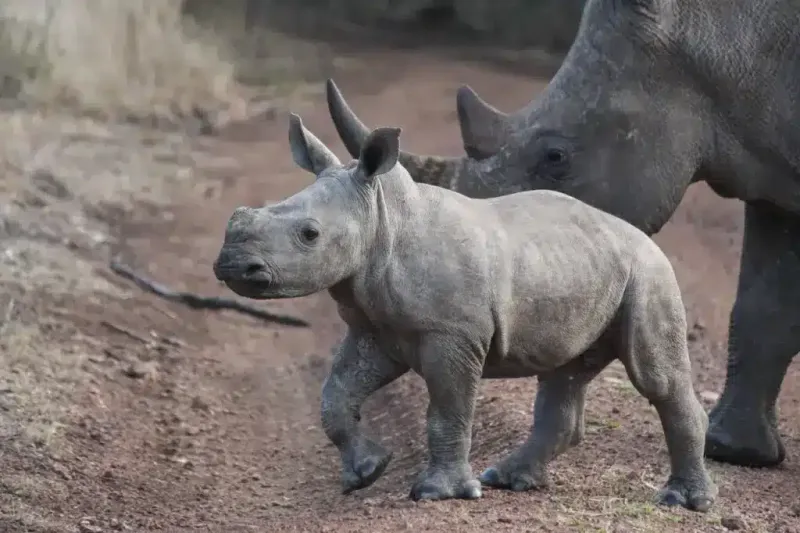
With less than 80 individuals left, the Javan Rhino is one of the world’s most endangered mammals. Residing in Indonesia’s dense jungles, these rhinos are rarely seen, adding to their mystique.
Despite their large size and tough skin, they face threats from habitat loss and potential diseases. Conservationists are working to expand their protected areas and monitor their health. Their survival is crucial for maintaining the biodiversity of their habitat. These elusive giants continue to intrigue and inspire efforts to preserve our planet’s natural wonders.
Vaquita
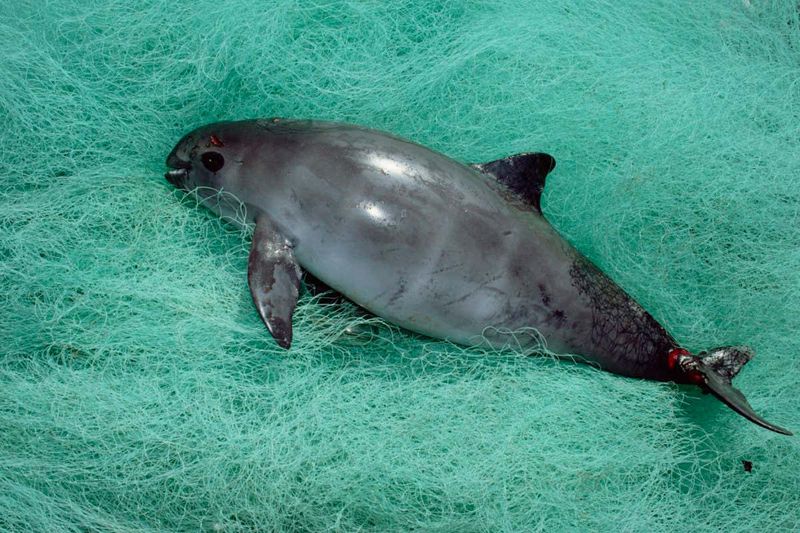
The Vaquita, a small porpoise found only in the Gulf of California, is critically endangered. With its charming, panda-like face and elusive nature, spotting one is a rare delight.
Illegal fishing activities using gillnets threaten their existence. Conservationists are racing against time to remove these nets and protect their habitat. The Vaquita’s plight highlights the urgent need for sustainable fishing practices. Their story serves as a poignant reminder of the delicate balance within marine ecosystems and the responsibility we have to protect them.
Mountain Gorilla
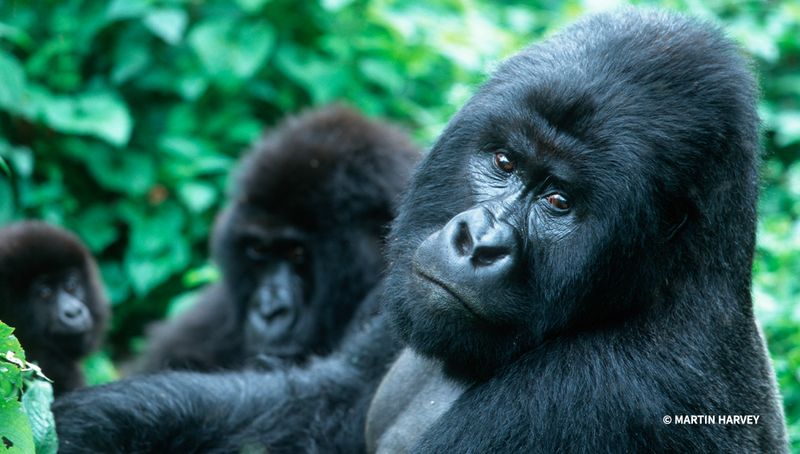
Deep within the misty mountains of East Africa, the Mountain Gorilla thrives in close-knit family groups. Known for their gentle interactions and strong social bonds, these gorillas captivate the hearts of many.
Threatened by habitat destruction and human conflict, they face an uncertain future. Dedicated conservation efforts have led to a slow increase in their population. Protecting their forest home ensures their survival and the continued fascination they hold. These magnificent creatures symbolize hope and the profound impact of conservation work.
Snow Leopard
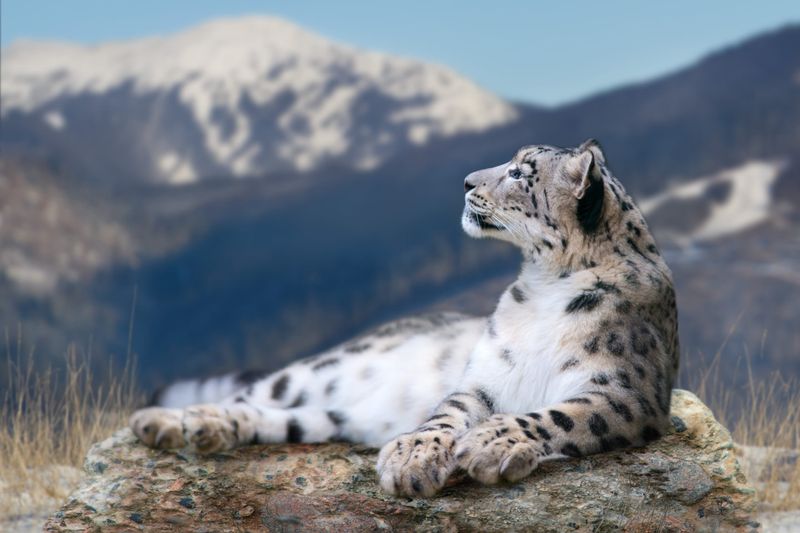
Elusive and enchanting, the Snow Leopard is a master of the high-altitude terrains of Central Asia. Its thick, spotted coat allows it to blend seamlessly with the snowy landscape.
These solitary hunters are threatened by habitat loss and poaching for their pelts. Conservation programs focus on protecting their habitats and reducing human-wildlife conflict. The Snow Leopard’s survival is crucial for maintaining the ecological balance of its mountainous home. Their stealth and grace continue to inspire admiration and awe.
Koala
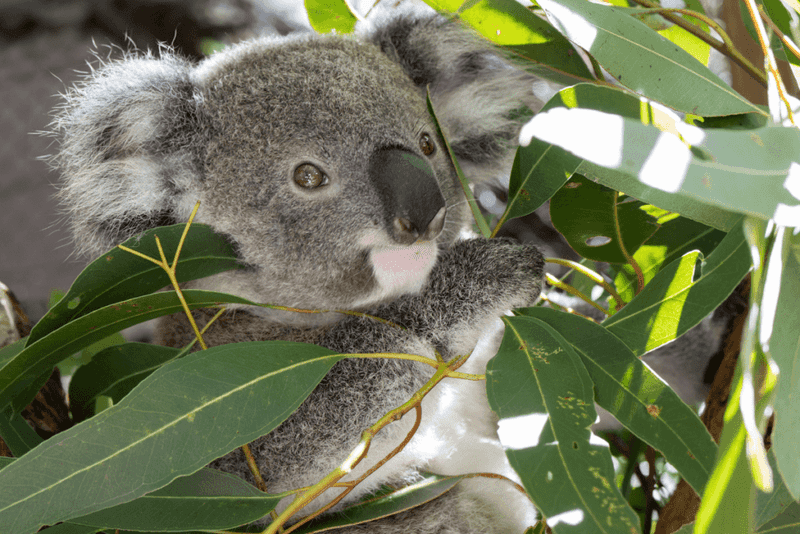
Cuddly and iconic, the Koala is an emblem of Australian wildlife. Spending most of their lives in eucalyptus trees, they rely heavily on these leaves for nourishment.
Habitat destruction due to urbanization and bushfires poses significant threats to their existence. Initiatives to restore their natural habitats and ensure safe corridors are vital for their survival. The Koala’s plight urges us to consider the impact of our actions on native species. Their presence is a reminder of the unique biodiversity of Australia.
Northern White Rhinoceros

With only two individuals left, the Northern White Rhinoceros teeters on the brink of extinction. These gentle giants once roamed the grasslands of Africa in large numbers.
Poaching for their horns and loss of habitat have driven them to near extinction. Efforts to save them include advanced reproductive technologies and habitat protection. Their struggle underscores the dire consequences of illegal wildlife trade. The Northern White Rhino stands as a poignant symbol of conservation challenges and the hope that science can offer.
Pinta Island Tortoise

The Pinta Island Tortoise, once native to the Galápagos Islands, is believed to be extinct. Long-living and gentle, these tortoises were a unique part of their ecosystem.
The last known individual, Lonesome George, passed away in 2012, marking the end of his subspecies. Invasive species and human activity led to their decline. Their story serves as a stark reminder of the fragility of island ecosystems. The legacy of the Pinta Island Tortoise inspires conservation efforts to protect other endangered species.

